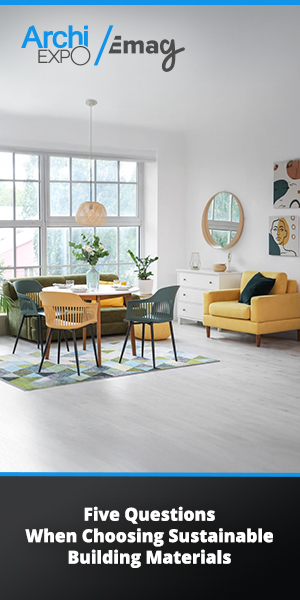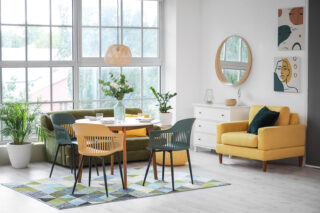During NYCxDESIGN, Carl Hansen & Søn discussed designing for a circular economy with Mads Holm Rabjerg, David Rosenwasser, and Sigal Shemesh in a talk moderated by Dezeen on May 15.
The Circular Economy entails rethinking how we design and consume products to reduce or eliminate pollution from toxic and wasteful manufacturing processes. If we truly care about human well-being and the future of our planet we should be recycling, refurbishing, reusing, and sharing products and materials until all their utility is exhausted.
The implications for the design profession are seismic and new regulations and practices are making the Circular Economy something that all designers will need to become familiar with. Crafting a Circular Future, the title of a discussion moderated by Dezeen’s US Editor Ben Dreith at the showroom of Danish firm Carl Hansen & Son during New York City’s Design Week provided a broad overview of the major implications for the design world.
Government Regulations in Line with the Reuse, Recycling & Banning of Materials
Indeed, new regulations in Europe are being developed that will require companies to include their environmental footprint in their annual reports, according to Mans Holm Rebjerg, Head of Product Development at Carl Hansen & Søn. Rebjerg outlined how in many ways his company has embraced aspects of the Circular Economy since its founding in 1908 by focusing on craft to make their furniture last and creating sturdy iconic pieces that can be repaired and that won’t go out of style.
“[Our furniture] is more than something that you can just dispose of after five years when you need to refresh your hotel,” Rebjerg said, “We try to educate about the level of craft that goes into it and the story behind it.”
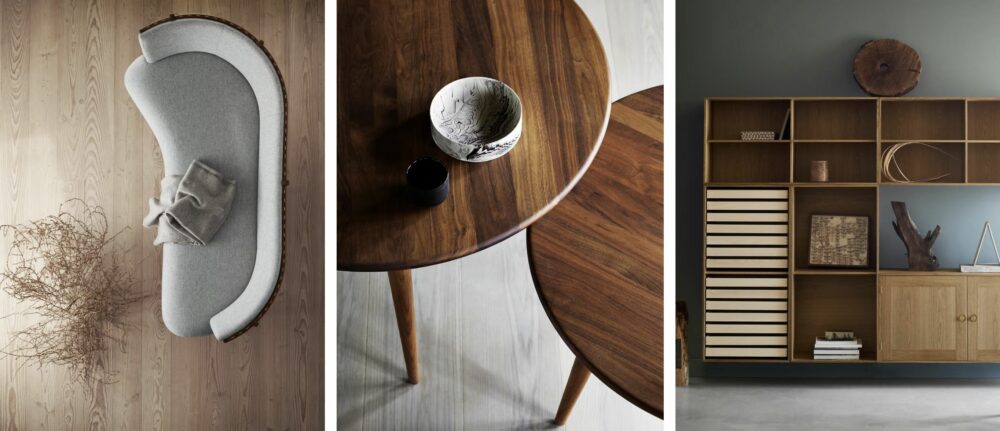
Some places such as Toronto, Canada, the state of California in the US, and the United Kingdom are also beginning to require building Life Cycle Assessment models for new construction that will measure how much energy a structure is using and end-of-life scenarios such as how much timber is going to a landfill and how much will be getting incinerated, according to another panelist Sigal Shemesh, Associate Sustainability Lead at Skidmore, Owings & Merrill.
But Shemesh said that many of the sustainable practices she is trying to make standard such as the reuse and recycling of materials and furniture can involve talking tough with manufacturers and clients.
“Something we are challenged with is this mindset that we always want something new,” she said. “It is this mindset that we have to take on if we want to look at reclamation of these heritage pieces.”
Shemesh is currently designing buildings such as a new net zero climate research campus in New York City that will incorporate some of the most advanced sustainability requirements, most notably the Living Building Challenge, which has a Red List of banned chemicals such as formaldehyde, lead, PVC and quartz, which produces particulates when it is being processed that have been linked to lung diseases.
“It is not good for the workers, and it is not good for the people who are enjoying the spaces that we are designing,” she said, noting her firm is beginning to demand that the manufacturers it works with produce products that don’t contain toxic chemicals such as formaldehyde.

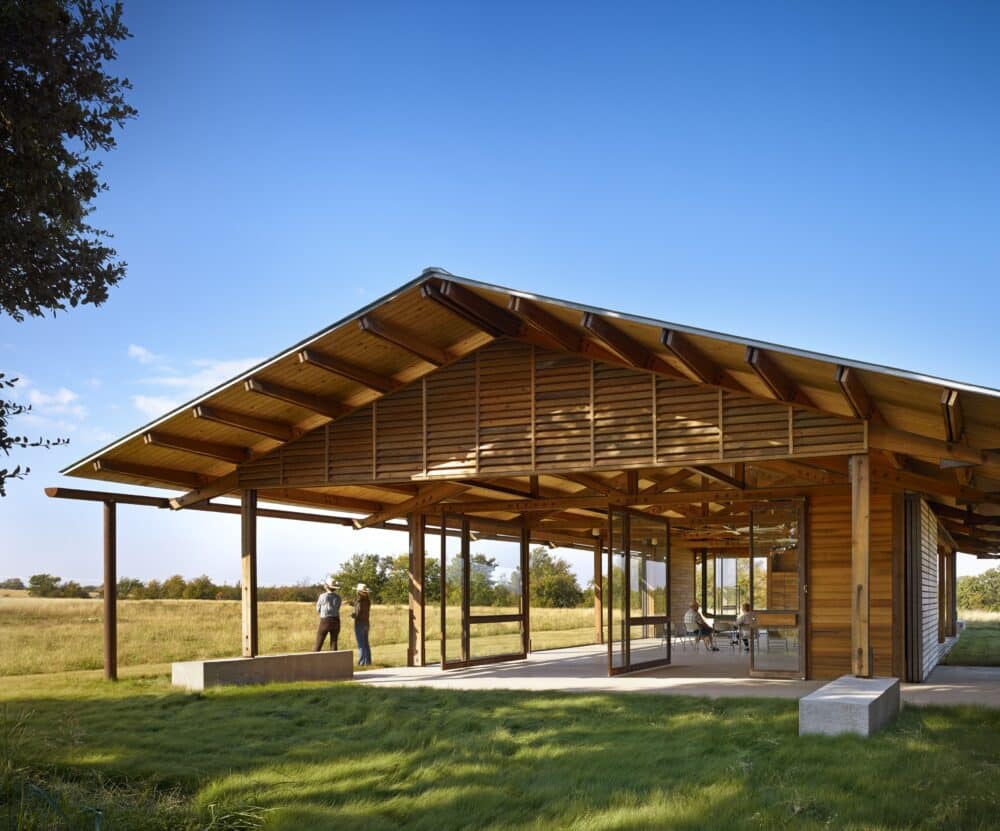

Images above: Courtesy of International Living Future Institute

The Challenge of Disposing Furniture in a Relocation Scenario
The third panelist in the discussion was the head of a business with an ethos that mirrors the Circular Economy. David Rosenwasser is the co-founder-CEO of Rarify, a Lebanon, Pennsylvania-based company that restores and sells secondhand furniture by iconic designers from all over the world. Rosenwasser’s company also works with corporations that end up disposing of a tremendous amount of furniture.
“Sometimes a lease comes due and it is so expensive to pay for the moving and for the architect to design a new space based on what was existing,” Rosenwasser said, adding that “the lack of a circular economy in many places is quite jarring,” as in the case of a client that moved out of an office building where they occupied about 40 floors and ended up with approximately 2,000 trailers of furniture most of which got thrown away in dumpsters.
Rosenwasser said that designers and architects have a key role to play in advancing the Circular Economy.
“Having architecture firms specify pieces that are not knockoffs, that won’t decay,” he said. “That is one of the best ways to ensure that companies and consumers are interested in giving those pieces a new life.”
With a successful Circular Economy, we should see less products produced but of higher quality. According to Shemesh, it is the constant updating of interiors that accounts of some of the most wasteful practices.
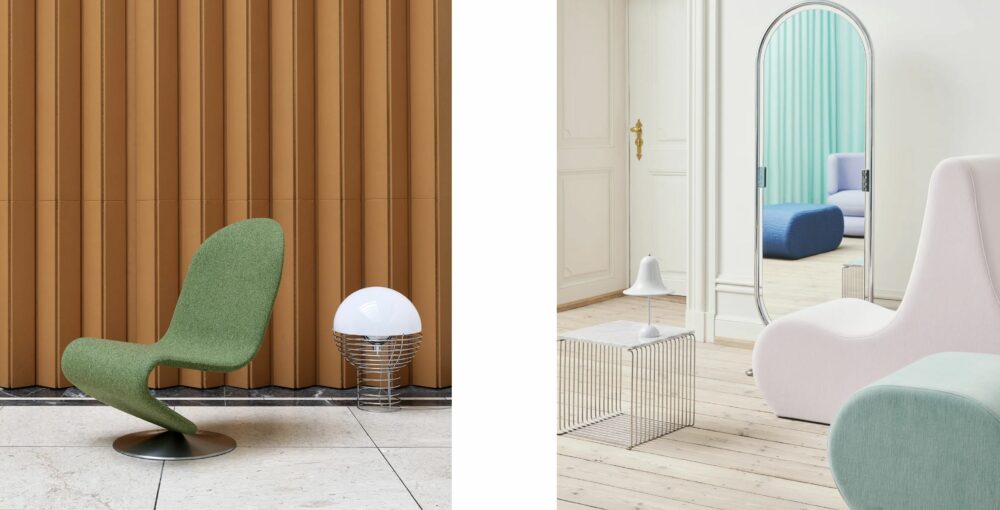
“If you have a 60-year cycle for a building and you are changing your interiors every 10-years—all of your furniture and your interior renovations has a huge impact on the building’s embodied energy even compared to the structure or the façade,” she said, “I think that is something we are not really thinking about as an industry.”
Clearly, the Circular Economy is not a passing fad or a trend. Governments and enlightened clients are starting to require it. And it appears that designers and architects who are more familiar with the different aspects of the Circular Economy will be more likely to prosper in a world where the safety and comfort of our future dwellings will be determined in large part by the ways in which we adapt to climate change.


